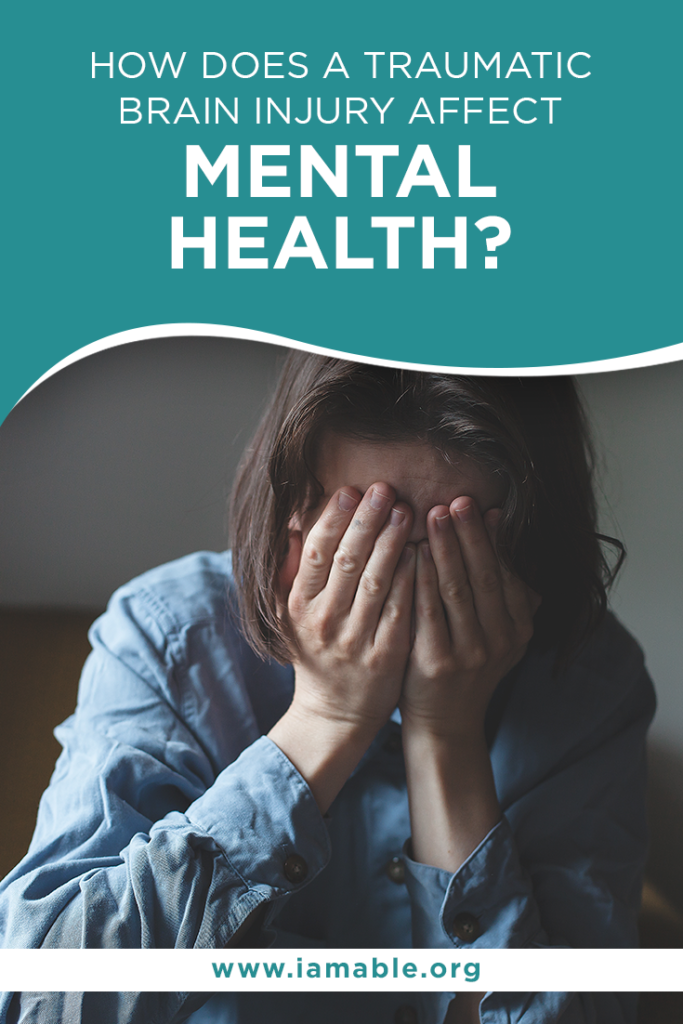Miami, FL 33186

Can a traumatic brain injury affect your mental wellbeing? Find out the answer and how you can benefit from activity-based therapy in Miami here.
CDC notes that traumatic brain injury (TBI) occurs in about 1.5 million adults in the USA every year. It’s a highly prevalent problem that often leads to physical impairment and mental health problems such as anxiety and depression. But how exactly can a TBI affect how you feel? What are the common emotional and psychological issues that occur during and after an injury?
As professionals providing activity-based therapy in Miami, we wanted to help you understand more about the link between your emotions and a traumatic brain injury.
The human brain controls everything you experience – from the sensation you feel after touching someone’s skin to the deeply rooted emotions you have, like love, hate, or fear.
As a result, apart from physical impairment like immobility or sensation loss, TBI also presents mental health concerns.
A study noted that people who previously had TBI could experience mild to severe mental health symptoms that can last anywhere between one to six months into the recovery period. Some of the usual emotional and psychological disorders that patients note include the following:
Sometimes, the stress or trauma is also worse for individuals whose injuries stem from physical abuse or a violent attack. Often, patients who seek remedies like activity-based therapy in Miami note that their psychological problems make it even more challenging to recover. It can lead to frustration, withdrawal from connecting to one’s social circles, and feeling unmotivated.
As it turns out, psychological comorbidities like depression, anxiety, and PTSD play a significant role in defining how fast a patient can recover. A 2017 study on the link between mental health and injury recovery points out the following facts:
Thankfully, with interventions like activity-based therapy in Miami, patients have a chance at recovering with better ease. Such a rehabilitation technique help affected individuals improve their outlook, recover some loss function, and manage the lifetime effects of a TBI.
Essentially, ABTs or activity-based therapies aim to activate the function of the neuromuscular system. It also aims to retrain or rewire the brain and the affected nerves to restore the ability to perform a specific motor task like walking or lifting an object.
While it’s a relatively new approach to rehabilitating people who previously suffered from a traumatic brain injury, it has shown immense potential, even for patients with quadriplegic injuries.
Besides helping enhance trunk control, preliminary research findings show that activity-based therapy allows patients to transition into their new life with greater ease.
Apart from managing and reducing the impacts of a brain injury, patients can also benefit from learning techniques to cope with anxiety, depression, and PTSD. Some of these tactics include:
It’s also equally important to learn as much as you can about the effects of TBI and what steps you must take. You can look into topics like:
Besides providing activity-based therapy in Miami, we at iAM ABLE are also committed to helping patients understand what it means to live after paralysis. As people familiar with the debilitating and challenging impacts of a traumatic injury, the founders of iAM ABLE have a unique and intimate knowledge of how it feels to live with paralysis.
We offer peer-to-peer mentoring, paralysis resources, networking, and specialized activity-based therapies designed to help a member of the paralysis community.
To help you get a feel of our mission at iAM ABLE, we encourage you to grab a copy of our eBook on the steps on how to thrive after a paralyzing injury today. It’s a good beginner’s resource material that can provide you with the fundamentals of living and accepting your new situation.
It covers various topics, including:
Download your free eBook from iAM ABLE today and take advantage of life-changing information on living with paralysis.
Grab our free e-book 7 Unbelievably Important Steps to Take to THRIVE after Paralysis by clicking the image below.
